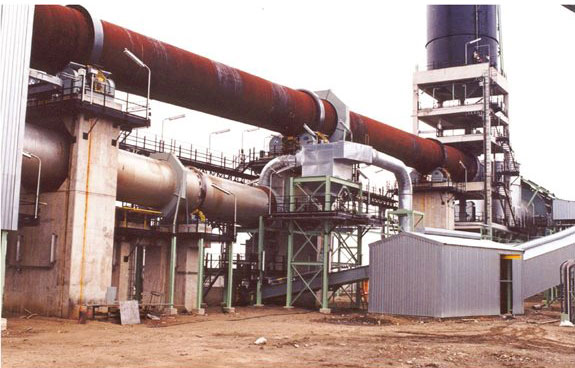
The calcined petroleum coke manufacturing process involves the conversion of green coke into a solid fuel. The process begins with the wet green coke being placed into a cylindric rotary kiln. This furnace rotates slowly and the charge is heated in the head of a gas or oil burner. The heat from the fuel burns the hydrocarbons in the coke, which supply much of the energy needed for the process. After the calcinate is cooled, it is quenched with water.

The X-ray diffraction technique has been used to investigate calcined petroleum needle cokes, and it has also been used to investigate the structure of these samples. This technique can be used in conjunction with analytical electron microscopy to evaluate coke particles. The results from this study show that coke particles have different types of crystal structures, and the crystalline structures differ from one another in some ways.
X-ray diffraction analysis is a useful method for evaluating the quality of petroleum needle cokes, since it can be used to monitor the sulfur content. The study also shows how the size of the needle cokes affects the content of carbon and sulfur, as well as their chemical bond. In this study, the researchers used calcined petroleum coke that contained 0.653% sulfur and ranged in size from 5 to 20 mesh. They also examined the effects of the desulfurization process using UV-VIS, FTIR, and ICP.
In addition to X-ray diffraction analysis, EDAX spectra can be used to judge the microstructure of petroleum cokes. This method can be used to measure the amount of elongated fibers present in the samples, indicating that they are closer to needle coke. Moreover, this method can determine the amount of polystyrene in petroleum coke. The levels of these components vary with the percentage of polystyrene present in the sample.
The global market for calcined petroleum coke has been dominated by Asia Pacific in 2019. This is primarily due to the increasing construction activities across Asia Pacific countries, particularly in China and India. Rising per capita income and increasing population growth in the region are further contributing to the demand for calcined petroleum coke. In addition, the region is also characterized by the increasing investments in oil refineries and expanding metal industries.
The calcined petroleum coke market is expected to reach $10 billion by 2025. It is projected to expand at a CAGR of 4.6% during the period between 2020 and 2025. Key market drivers include the steel, cement, and power generation industries. Government initiatives are also expected to drive the market growth in the coming years. Other growth drivers include anode grade petcoke and needle coke.
The United States is a major importer of calcined petroleum coke. The United States accounted for nearly half of the world's total imports in 2016. In 2020, imports of petroleum coke are forecast to total 12.4 million mt, a decline of 6.4% from a year ago. Despite the deteriorating economy, exports of calcined petroleum cokes remain strong, bringing the total value of trade to $12.4 billion.
China is a major exporter of petroleum coke. In September, imports of this product totaled 1.12 million metric tons, a decrease of 3.35% from the previous month. Between January and September, imports of this product totaled 9.80 million mt. US petroleum coke, calcined, ranked as the world's 1133rd most-traded product in 2020. It is a key ingredient in steelmaking, cement production, and power plants.

Write a Message